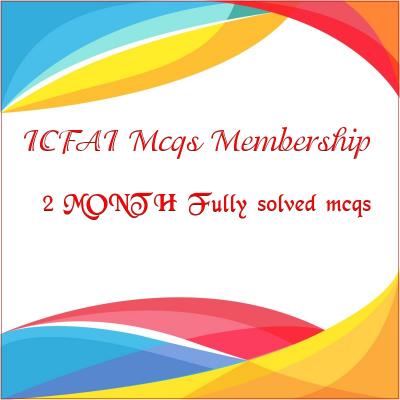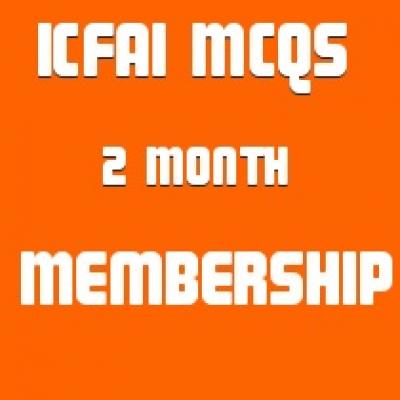INTERNATIONAL BUSINESS
Price:
Rs500
Case 4: McDonald’s Global HR
One of the best known companies worldwide is McDonald’s Corporation. The fast food chain, with its symbol of the golden arches, has spread from the United States into 91 countries. With over 18,000 restaurants worldwide, McDonald’s serves 33 million people each day. International sales are an important part of McDonald’s business, and over 50 per cent of the company’s operating income results from sales outside the United States. To generate these sales, McDonald’s employs over one million people, and by 2000, McDonald’s had grown to over two million employees. Operating in so many different countries means that McDonald’s has had to adapt its products, services and HR practices to legal, political, economic, and cultural factors in each one of those countries. A few examples illustrate how adaptations have been made. In some countries, such as India, beef is not acceptable as a food to a major part of the population, so McDonald’s uses lamb or mutton. To appeal to Japanese customers, McDonald’s has developed teriyaki burgers. Separate dining rooms for men and women have been constructed in McDonald’s restaurants in some Middle East countries. HR practices also have had to be adapted. Before beginning operations in a different country, HR professionals at McDonald’s research centre determine how HR activities must be adjusted. One method of obtaining information is to contact HR professionals from other US firms operating in the country and ask them questions about laws, political factors, and cultural issues. In addition, the firm conducts an analysis using a detailed outline to ensure that all relevant information has been gathered. Data gathered might include what employment restrictions exist on ages of employees and hours of work, what benefits must be offered to full-time and part–time employees (if part-time work is allowed), and other operational requirements. For instance, in some of the former communist countries in Eastern Europe, employers provide locker rooms and showers for their employees. These facilities are necessary because shower facilities, and even consistent water supplies, are unavailable in many homes, particularly in rural areas around major cities. Also, public transportation must be evaluated to ensure that employees have adequate means to travel to work.
Once a decision has been made to begin operations in a new country, the employment process must begin. Often, McDonald’s is seen as a desirable employer, particularly, when its first restaurant is being opened in a country. For instance, in Russia, 27,000 people initially applied to work at the first Moscow McDonald’s, which currently had over 1,500 employees. Because customer service is so important to McDonald’s, recruiting and selection activities focus on obtaining employees with customer service skills. For worker positions such as counter representative and cashier, the focus is to identify individuals who will be friendly, customer service-oriented employees. A “trial” process whereby some applicants work for a few days on a conditional basis may be used to ensure that these individuals will represent McDonald’s appropriately and will work well with other employees.
For store managers, the company uses a selection profile emphasising leadership skills, high work expectations, and management abilities appropriate to a fast-paced restaurant environment. Once applicant screening and interviews have been completed, individuals are asked to work for upto a week in a restaurant. During that time both the applicants and the company representatives evaluate one another to see if the job “fit” is appropriate. After the first group of store managers and assistant managers are selected, future managers and assistant managers are chosen using international promotions based on job performance.
Once the restaurants are staffed, training becomes crucial to acquaint new employees with their jobs and the McDonald’s philosophy of customer service and quality. McDonald’s has taken its Hamburger University curriculum from the United States and translated it into 22 different languages to use in training centres throughout the world. Once training has been done for trainers and managers, they then conduct training for all employees selected to work at McDonald’s locations in the foreign countries.
-
Identify cultural factors that might be important in a training programme for food handlers at McDonald’s in Saudi Arabia.
-
Rather than focussing on the differences, what similarities do you expect to exist among McDonald’s customers and employers in both the United States and abroad?
1. Case study solved answers
2. pdf/word
3. Fully Solved with answers







